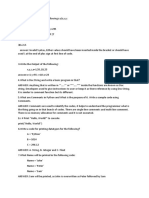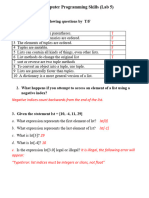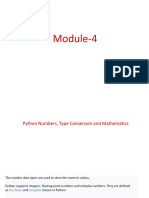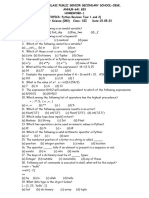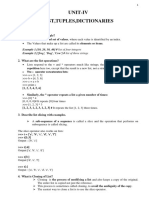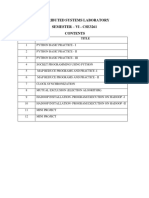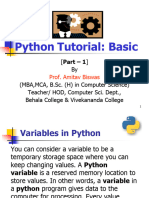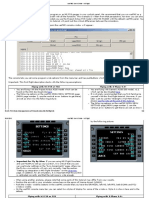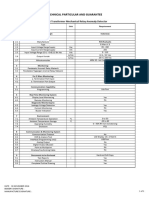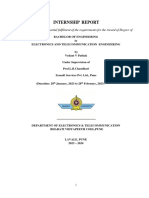0% found this document useful (0 votes)
22 views7 pagesPython Chapter 2 Textbook Exercise Answer Key
The document provides an answer key for a chapter on Python data types, covering topics such as variable definitions, operators, and data structures. It includes fill-in-the-blank questions, true/false statements, and coding activities related to lists and arithmetic operations. Additionally, it features examples of Python code and their expected outputs.
Uploaded by
Kartikeya PandeyCopyright
© © All Rights Reserved
We take content rights seriously. If you suspect this is your content, claim it here.
Available Formats
Download as PDF, TXT or read online on Scribd
0% found this document useful (0 votes)
22 views7 pagesPython Chapter 2 Textbook Exercise Answer Key
The document provides an answer key for a chapter on Python data types, covering topics such as variable definitions, operators, and data structures. It includes fill-in-the-blank questions, true/false statements, and coding activities related to lists and arithmetic operations. Additionally, it features examples of Python code and their expected outputs.
Uploaded by
Kartikeya PandeyCopyright
© © All Rights Reserved
We take content rights seriously. If you suspect this is your content, claim it here.
Available Formats
Download as PDF, TXT or read online on Scribd
/ 7









